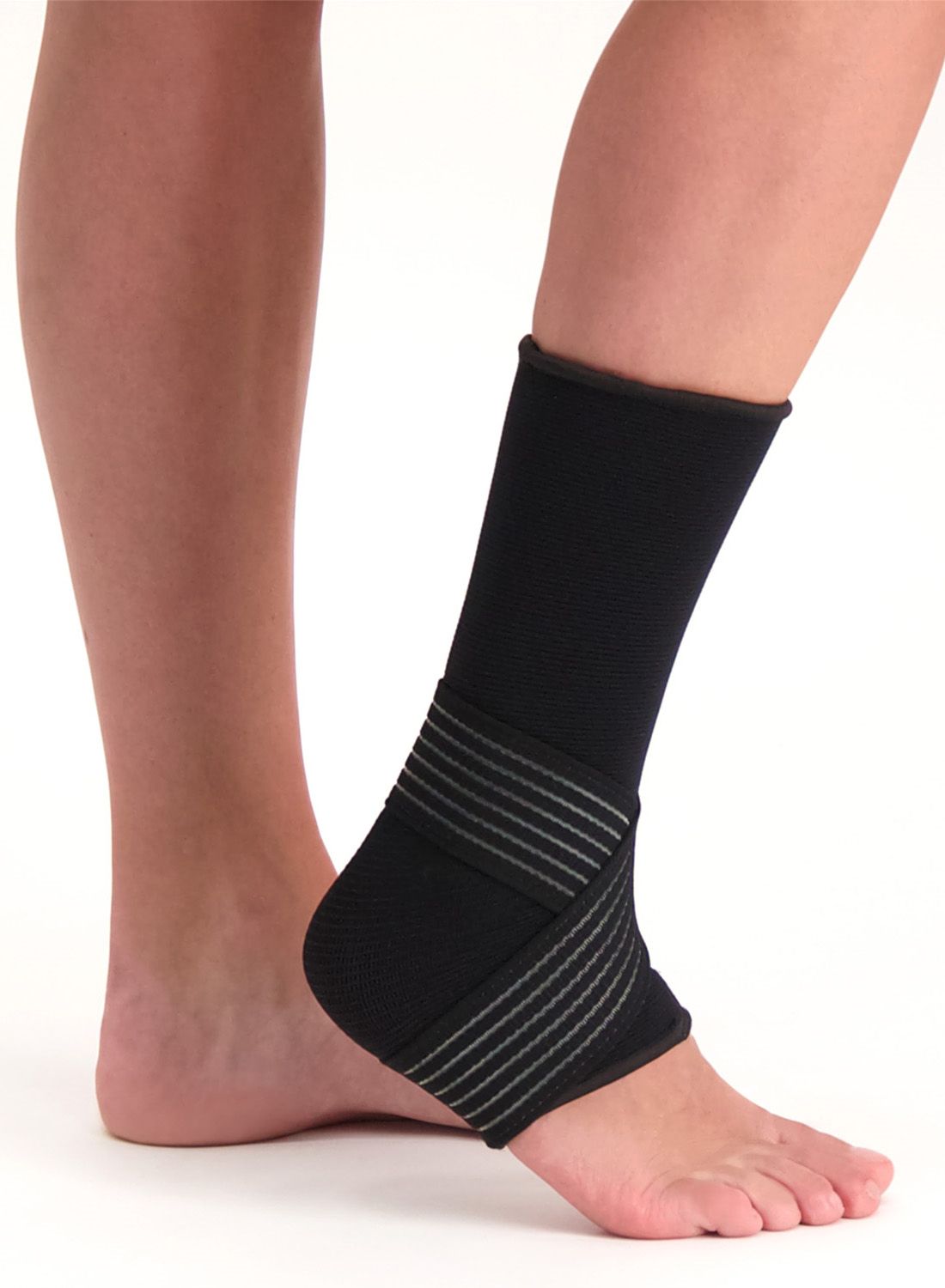Hypermobility
With hypermobility, it may feel as though all joints are loose. Due to changes in connective tissue, the joint capsule and ligaments become more elastic. When under strain, the ligaments do not tighten fully but tend to stretch slightly. As a result, joints may become hyperextended. This condition is largely hereditary. Another term for hypermobility is hyperlaxity. It occurs to varying degrees in 4 to 7% of the British population, depending on age, ethnicity, and gender.
Symptoms of ankle hypermobility
With hypermobility, it can feel like all joints are loose. The leg, shoulder, and upper arm can dislocate. You may also experience knee pain when climbing stairs or cycling. Common complaints include fatigue, wrist pain, and lower back discomfort.

Causes of ankle hypermobility
People with hypermobility are often very flexible. Their joints, such as toes, elbows, fingers, and knees, can bend beyond the normal range. In hypermobility, joints are more elastic because the ligaments and joint capsules are less firm than usual. They stretch more easily when under tension.
This is not a disorder or disease, but a natural trait with which one can age without problems. Hypermobility affects less than two percent of the British population. However, those who engage in intensive sports are at a higher risk of repeatedly twisting their ankles.

Treatment of ankle hypermobility
If you experience foot complaints, it's important to pay attention to your body's signals. Insoles, adapted footwear, and/or braces can help provide stability and relief. At Podobrace, we offer various ankle braces that can provide support for this condition.

Active Ankle T2 Sports Ankle Support

Bauerfeind MalleoTrain S Ankle Support

Gladiator Sports Lightweight Ankle Support with Straps

Morsa ThermoCY Lightweight Ankle Football Support

Dunimed Premium Ankle Support (Black & Beige)

- Physiotherapist
- Sports podiatrist
- Manual therapist
- Podopostural therapist
- Myofascial dry needling specialist


